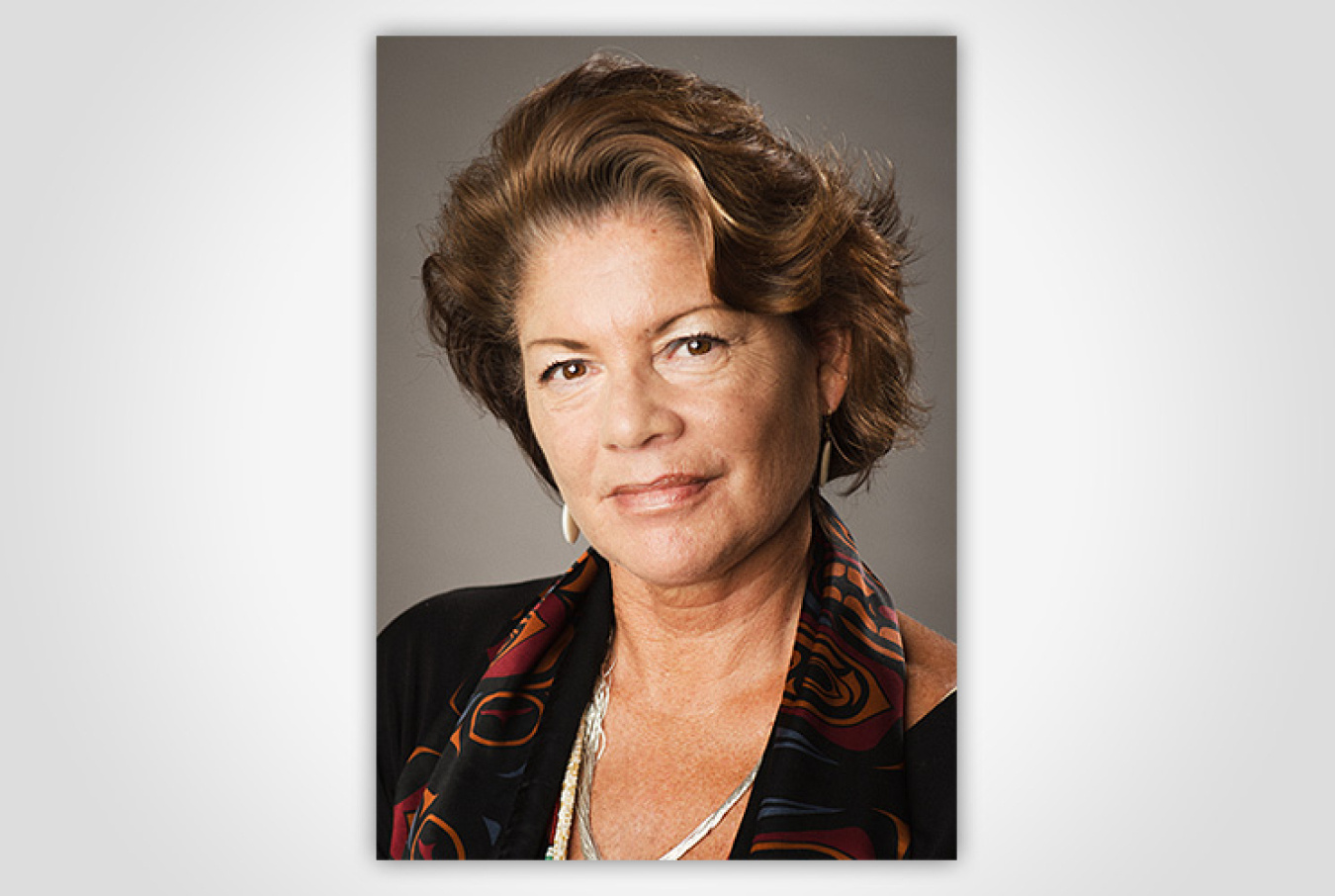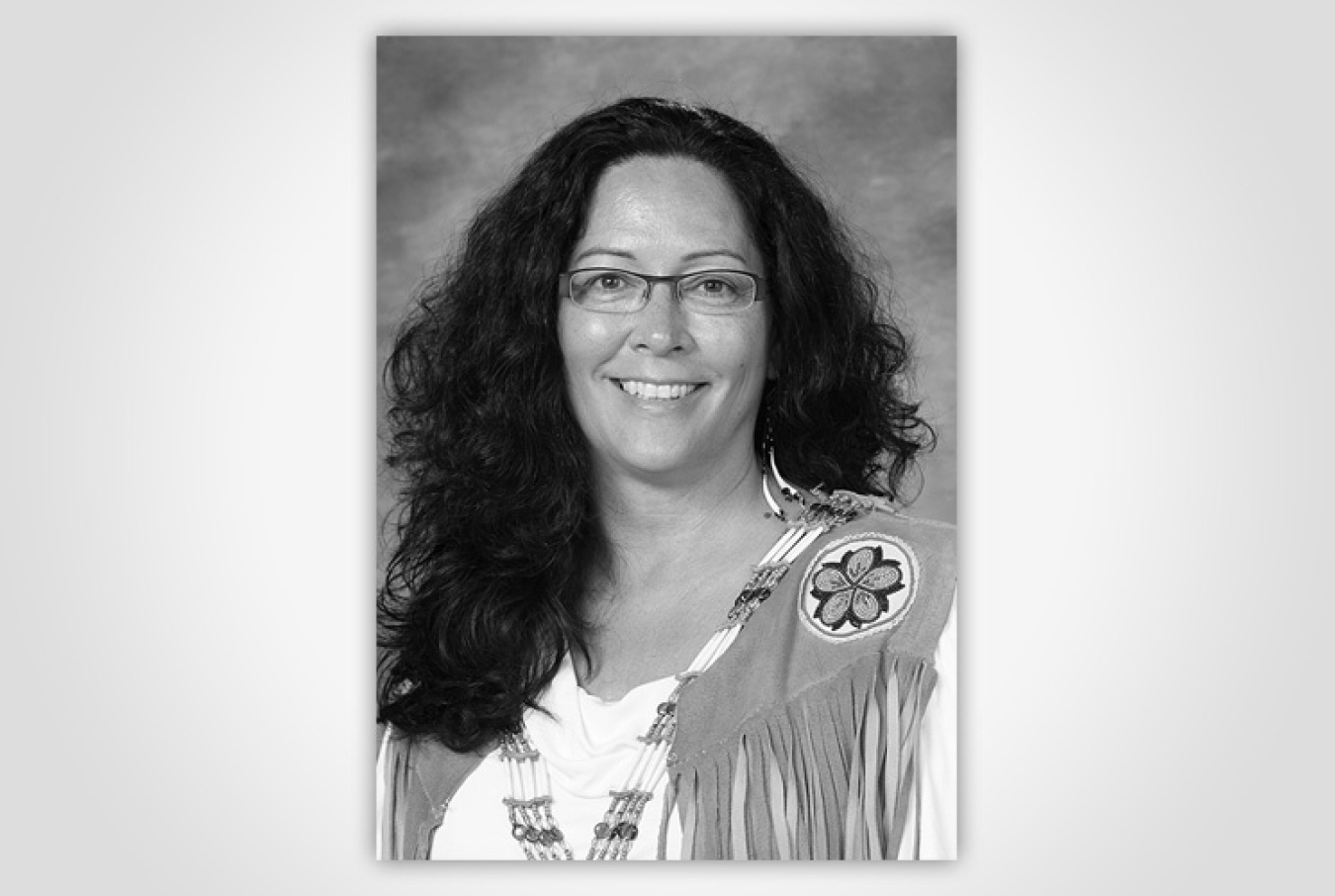Change doesn’t happen on its own. It’s led by dedicated and passionate people who are committed to empowering Indian Country to energize future generations. Leading the Charge is a regular Office of Indian Energy Newsletter feature spotlighting the...
Office of Indian Energy Policy and Programs
October 22, 2012
Andrea Alexander, Makah Tribe in Neah Bay (Washington)/Affiliated Tribes of Northwest Indians

Kathy Mayo, Eagle Village in Upper Yukon (Alaska)/Tanana Chiefs Conference

Tara Hess-McGeown, Washoe Tribe of Nevada and California/Intertribal Council of Nevada
Change doesn’t happen on its own. It’s led by dedicated and passionate people who are committed to empowering Indian Country to energize future generations. Leading the Charge is a regular Office of Indian Energy Newsletter feature spotlighting the movers and shakers in energy development on tribal lands.
For this issue, we spoke with three key energy supporters whose efforts in championing Indian energy development are amplified because of their intertribal affiliations.
All three women agree that energy development is key to a brighter future for Tribes but that many barriers must be overcome before its full potential can be realized.
Andrea Alexander of the Makah Tribe, who serves as the energy and telecommunications co-chair for the Affiliated Tribes of Northwest Indians (ATNI), said, “Energy development can lead to economic independence and sovereignty. It can strengthen our economic independence and supports our values and goals of self-determination.”
Tara Hess-McGeown said energy development not only will enable tribal community members to “gain affordable power, but [also] … generate jobs and help achieve the national goal of clean energy and independence.” As an environmental specialist for the Washoe Tribe and the acting manager of the Nevada Intertribal Energy Consortium, a subcommittee of the Inter-tribal Council of Nevada (ITCN), she stressed the need for intertribal collaboration to push things forward.
As the chief administration officer for the Tanana Chiefs Conference (TCC), Kathy Mayo of Eagle Village in Upper Yukon believes the biggest challenges Tribes face are the lack of infrastructure and the capital costs needed to get energy projects off the ground. With a background in both energy and planning, Mayo said momentum will begin at the local level with energy champions generating community support and educating tribal leaders and members about the opportunities that exist and how to go about deploying new technologies such as solar, wind, and biomass.
Alexander agreed, adding, “There is so much opportunity and so much to learn.”
Though they each cited federal policy barriers, lack of infrastructure, and funding limitations as challenges that continue to impede wide-scale progress of energy projects in Indian Country, all three women
pointed to specific projects and collaborations that show Tribes are making headway on the energy front.
In Nevada alone, which has been identified as one of the southwestern states with high potential for development of renewable energy projects, especially on tribal lands, Hess-McGeown cited:
- The Moapa Band of Paiutes’ utility-scale solar project
- Pyramid Lake Paiute Tribe’s geothermal research project
- Potential opportunities for the Fallon Paiute Shoshone Tribe to work with the U.S. Department of the Navy with supplying renewable energy to the base.
She said she also has supported several energy projects for the Washoe Tribe, including performing energy audits on tribal administration and community buildings.
Alexander is involved with the Center for Northwest Energy Tribes, also called C-NET, a collaborative policy-focused program based at Portland State University’s Institute for Tribal Government. The center’s mission is to assist and support Tribes in Washington, Oregon, Montana, Idaho, and Alaska in navigating the unique energy systems of a region built on federal hydropower dams, mining, and nuclear energy. She said her work involves trying to stabilize various energy programs and organizations so Tribes can identify long-term solutions and funding resources in addition to leveraging funding.
Alaska Native communities face unique challenges related to the high cost of fuel, fuel bulk storage, and fuel delivery issues in remote areas, Mayo said. “Some villagers pay upwards of 75% of their income
for fuel,” she said, making energy an overriding issue in her region. Mayo said a strong effort toward educating Tribes about conservation and energy efficiency is a good place to start. And because of limited resources, Mayo also emphasized the value of long-term planning, intertribal collaboration, and being strategic in how funding is used.
“We need smart development,” she said. “If we can get out in front of it, we will be able to take advantage of the new technologies and put them into practice.”
Alexander said it’s a matter of Tribes taking a “proactive” stance rather than being reactive. “I think these are exciting and dynamic times,” Mayo said. “I see our communities are increasingly ready and prepared to meet these challenges by tapping into intertribal organizations for resources and to leverage support.”
<p>This article was originally published in the DOE Office of Indian Energy’s Indian Energy Beat newsletter, which highlights opportunities and success stories in tribal energy development. Read more <a href="/node/627331">newsletter features</a>.</p>

